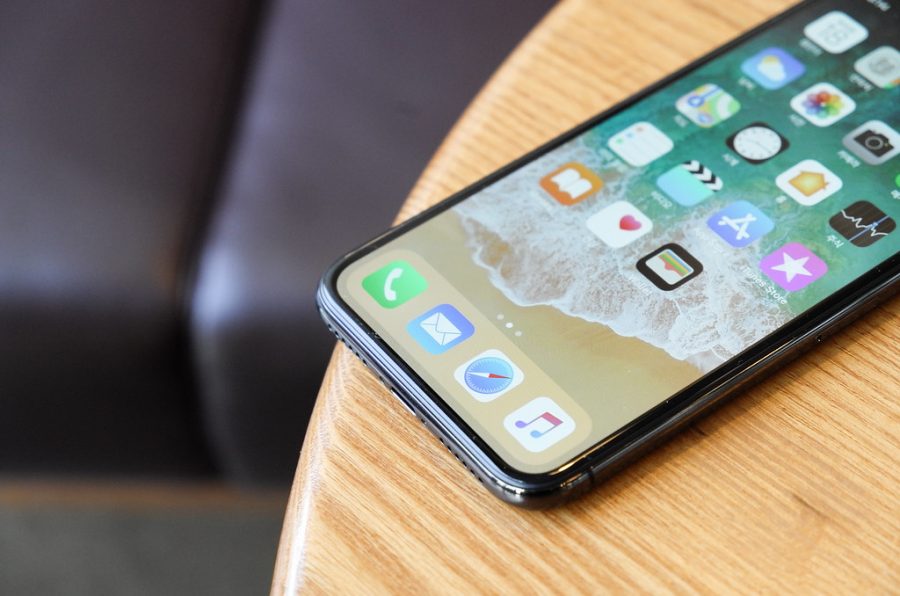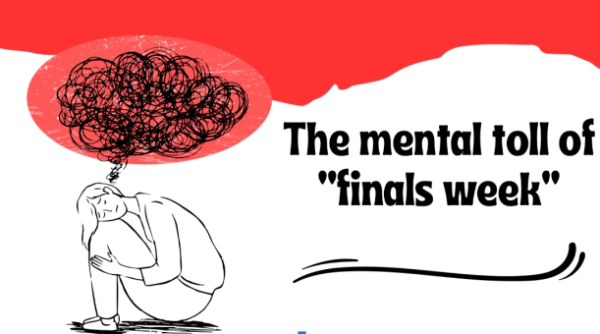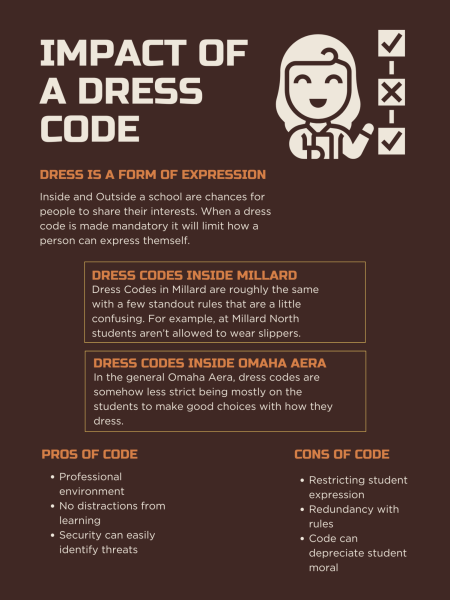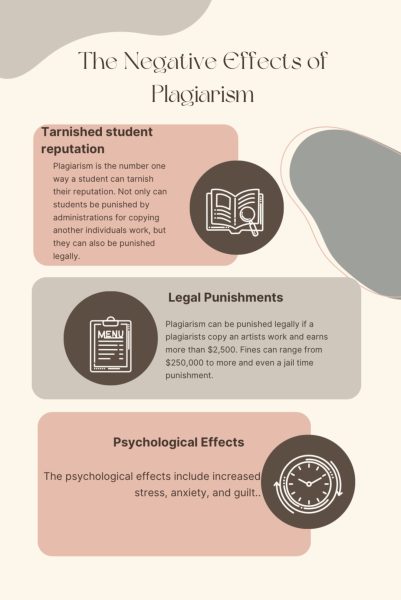End the screen routine
New district policy bans the use of cell phones in the classroom
Every year, the use of cell phones in the classroom becomes a bigger problem. Millard Public Schools has adopted a new policy that will restrict when students can use their phones at school.
September 30, 2021
Cell phones are like a drug. Many people feel the need to constantly check their phone, respond to texts right away and return calls as soon as possible. According to the American University School of Education, the average American checks their phone every 12 minutes. This problem is especially prevalent in teenagers, who rely on their phones for communicating with their friends and staying active on social media. In 2016, 50% of teens felt as if they were addicted to their cellphones.
According to a survey by Pew Research in 2015, 73% of teens had access to a smartphone. By 2018, this number had jumped to 95%. As the years go by, many schools have noticed the increased usage of phones. This year, Millard Public Schools decided to implement some new policies to help keep students focused in school and not distracted by their devices. These policies were adopted into the district handbook on Feb. 3, 2020, but weren’t enforced until the beginning of the 2021-22 school year.
Policy 7500.2 Student Personal Digital Devices- Acceptable Use states that “unless directed by the teacher to support a learning objective, personal devices are not allowed during class time.” The policy goes on to explain that school principals will develop their own expectations for their school, such as locations in the building where students can use their phones and where they can store their phones during class.
Students, teachers and parents alike are divided on this topic. Some opponents of the new Millard district policy argue that letting students keep their phones in class teaches them to stay focused despite distractions. While letting students keep their phones may teach them valuable lessons on staying focused, it is difficult for many teens to resist the temptation to glance at their devices. When students divert their attention to their phones, they miss important information which could eventually affect their grades. Personally, I have found that when I put away my phone completely while doing homework, I get it done faster and generally do better on it. Not allowing students access to their phones helps eliminate this distraction.
Most Millard West teachers have designated places for students to put their phones at the beginning of class. I think that when teachers keep the phones somewhere where students can see them, it helps reassure the students that their property is safe while still being able to focus on class without the distraction.
It is apparent to anyone that has stepped foot in a classroom setting in the past five years that cellphones are a distraction. But the reasoning for phone bans across the country goes deeper than that. Cellphones cause disconnection between students. If a student has free time in class, they are more likely to turn to the comfort of their phones rather than talking to new people. It leads to less face-to-face interaction and more dependency on technology. I know that when I am in a situation where I don’t know many people, I rely on my phone to distract me instead of talking to someone I don’t know. Not having cell phones in the classroom encourages students to engage with one another and be more independent from their devices.
Although many students don’t like the idea of putting away their precious devices during school, it truly is beneficial to their academic performance. Although unpopular, the Millard distract phone ban is a good idea, and will surely have more positive effects than negative.

















